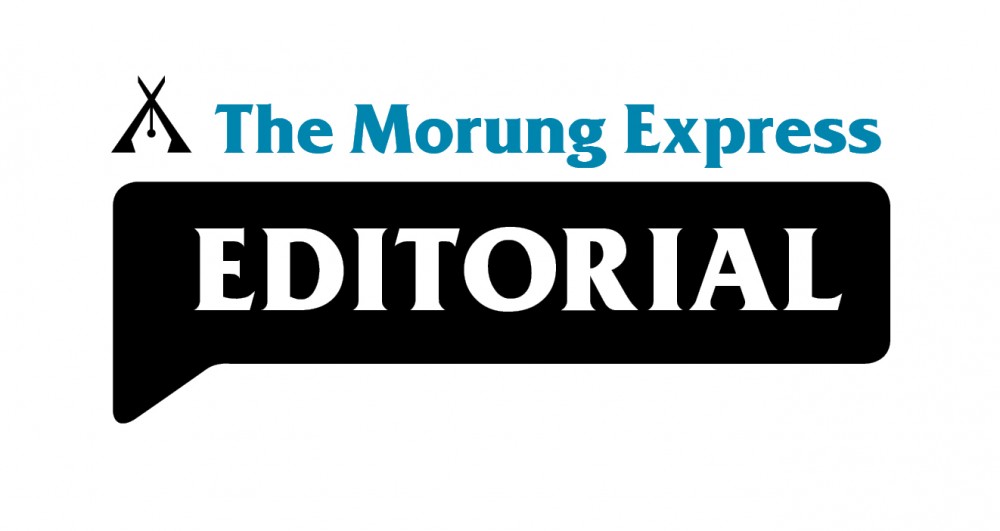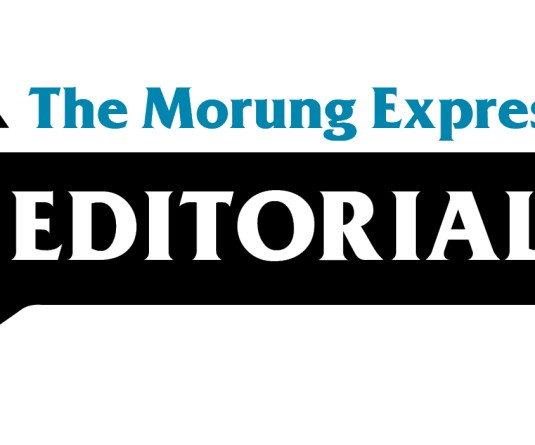
Dr Moa Jamir
A government budget, apart from being in the annual financial statement of the estimated government expenditure and receipts, has transformed beyond mere monitoring of how the government receives and spends resources. It is an important platform to review and announce specific economic and other policies of the incumbent government with the ultimate objective to ensure sustained development and enhance citizen welfare.
Different sectors of the economy, experts and the general populace, thus, observe the annual presentation with genuine interest. However, things are a little different in Nagaland and feigned interests of the annual proceeding, if any, concern the magnitude of the budget deficit.
To this end, the Nagaland State Budget 2021-22 presented by the Chief Minister and Minister-in-charge of Finance, Neiphiu Rio at the floor of Nagaland Legislative Assembly (NLA) on February 18, did not disappoint. The current year’s transaction is estimated to result in a negative balance, a euphemism for a deficit, of Rs 365.33 crore, the CM said. However, with a negative opening balance of Rs 2314.13 crore, the year 2021-22 is estimated to close with a negative balance of Rs 2679.46 crore.
The State’s deficit trend, according to a Finance Department document, has been increasing over the years, shooting up from Rs 950 crore (Revised Estimate) in 2013-14 fiscal to Rs 2314.13 crore in 2020-21 (RE). The customary blame for the burgeoning cumulative deficit is attributed to the changed funding pattern from the centre, particularly from the 13th Finance Commission (2010-2015) onwards. The lockdown associated with the COVID-19 pandemic since March 2020 further deteriorated the State’s financial health with adverse impacts on internal and external revenue.
Despite the difficult situation, Rio said no new taxes were proposed and highlighted the efforts being undertaken to increase revenue collections.
Even with the increase in deficit, Rio underscored that the State Developmental Outlay for 2021-22 was fixed at Rs 700 crore with a 9.55% increase over the previous budget. He termed the budget as “people-friendly.” The leader of opposition in the NLA begged to differ and described it as a “Construction Budget” with no intention to bring in welfare-oriented policies and programmes for the general public. Both, high on rhetoric, are right to some extent.
However, the bigger concern is how substantive and impactful the outlay and other measures proposed in the budget will be for the people’s welfare.
Based on the parameters, at best, the impact would be minimal. Take the case of the developmental outlay of Rs 700 crore. It is just 7.51% of the estimated total Non-Development Expenditure of Rs 9316.15 crore and just 3.06% of State’s total expenditure of Rs 22816.61crore.
Interestingly, the Minister-In-Charge, Finance employed the tactics of expressing the outlay in smaller denomination, thereby exhibiting a sense of higher amount on the first impression. Take the case of allocation for Agriculture. An amount of Rs 665 lakh certainly looks better than just Rs 6.65 crore in oral and written presentation.
Apart from allocation ‘tactics,’ the present analysis examines two areas to weigh the budget’s substance – agriculture and youth.
Often touted as the key sector to revive the State economy, Rio stated that the Agri and Allied sectors were crucial towards achieving a self-sustaining economy. However, the budget was devoid of any concrete plan to steer the sector as the new sowing season starts. The budget did mention an ‘innovative model of cluster agri development’ which still seems to be in an experimental stage, while the issue of farmer markets was not an immediate concern.
In line with the continued rhetoric, steps to encourage farming activities and tangible benefits to farmers were expected. Unfortunately, the budget was devoid of any immediate benefits such as cheap short-term credit, input assistance or other direct subsidies. Focus on increased direct benefit and credit flows to the allied sector such as animal horticulture, husbandry, dairy, and fisheries would have met the self-sustaining economy target to a large extent.
Another area needing further attention was the youth and by extension their employment. While the Budget 2021-22 had no provision to ease the burdens faced by the unemployed youth, aggravated by the ongoing pandemic, a more comprehensive approach was expected.
The State Government did set up a Strategic Committee on Economic Affairs to prepare a detailed road map for economic development, capacity building and skill training. However, the budget had no clear roadmap or policy on ensuring economic opportunities to ‘out of job returnees’ as well as surging number of unemployed youth within the State. Without any detail plans, all ‘innovative ideas and announcement’ seem to be ‘perpetual’ and an abstract proposition, dependent on the success of the different related activities.
Most policy measures and announcements proposed at the budget, including the austerity drive and enhancing own resources, more or less, sound repetitive and homily, supporting the notion that the Nagaland State Budget 2021-22 had more rhetoric over substance.
For any comment, drop a line to jamir.moa@gmail.com





